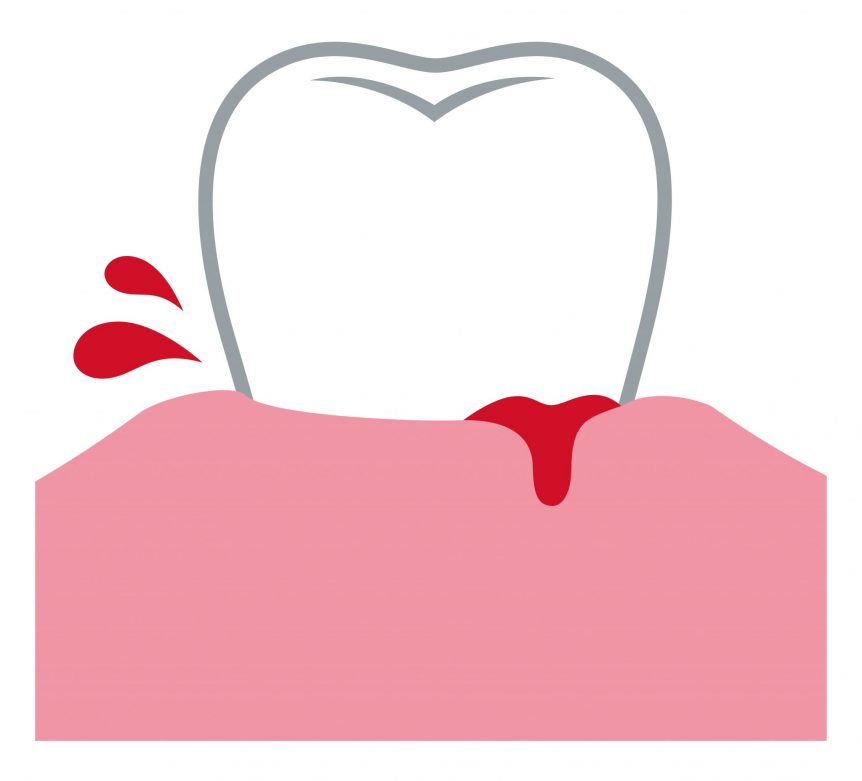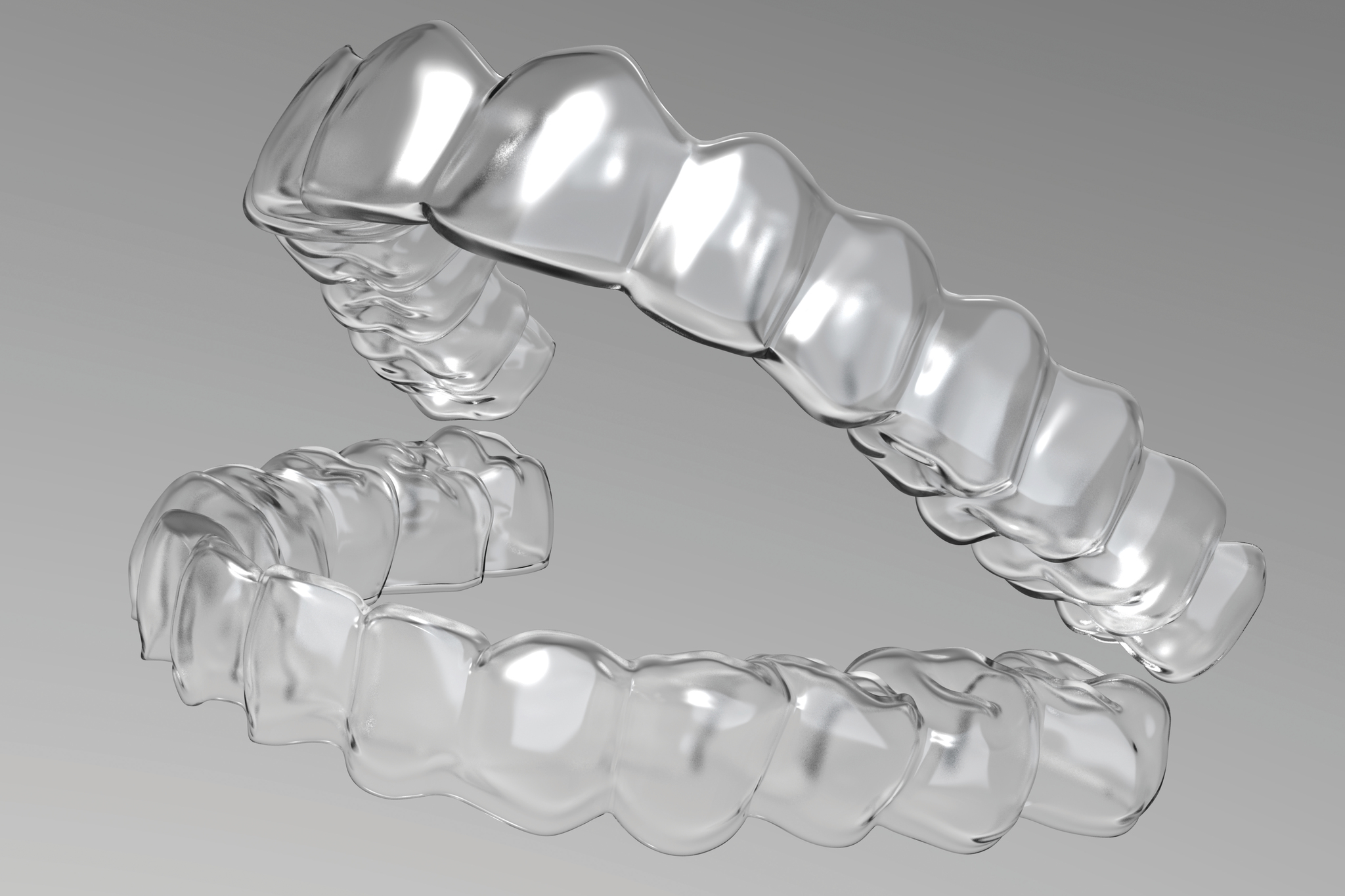At times when brushing or flossing you may notice some bleeding, it could be a little bit, or it could be a lot. The gums can get swollen, tender and red, a condition called gingivitis.
The cause all comes back to bacteria.
Bacteria releases chemicals that are detected by your body where your immune system tries to fight it off. But the more that builds up, the harder it is for your body to clear it away. Your first line of defense is your saliva, then immune complexes are released from the blood stream in an attempt to reach the bacteria on your teeth. However, once bacteria builds up a thick layer called plaque, it is protected from our body’s defenses. The immune system keeps trying to penetrate into that thicker plaque and as more chemicals are released from bacteria, so too are more chemicals released by the immune system. The result is inflammation: red and bleeding gums.

The solution? Remove the bacteria, aka: plaque.
Plaque is a thick layer of bacteria that has its own defenses from being removed so things like mouthwashes and antibiotics are not that effective at targeting deep into it. That means physical removal is the most effective method. This involves brushing two minutes twice a day and flossing at least once a day. Don’t be scared of the bleeding, go gently but thoroughly. Once you’re consistently removing that plaque the bleeding will subside shortly after.
Still bleeding even with thorough brushing and flossing?
Other factors such as calculus (a hard substance that builds up on teeth over time), or poor margins on restorations can lead to areas not properly cleaned. A visit to the dentist to perform a thorough and at times, deep clean, may be warranted. They can also check to see if any of your fillings are defective which may need to be replaced. Other health conditions can also lead to bleeding gums, such as pregnancy (pregnancy gingivitis), uncontrolled Diabetes, certain medications, or other oral pathology. Looking after your health and removal of the bacteria should still resolve your gums. If your gum disease is more severe it may have progressed to periodontitis, which occurs when gingivitis has been untreated for a long time. Periodontitis requires further intervention with a dental professional.
It is recommended to have regular check ups and cleans every 6-12 months. Most health funds will cover two a year so it’s good to be vigilant and take full advantage of this.
End message:
Don’t be afraid of bleeding gums, it just means you need to brush and floss more thoroughly (but gently). And don’t forget your dental maintenance appointments!


